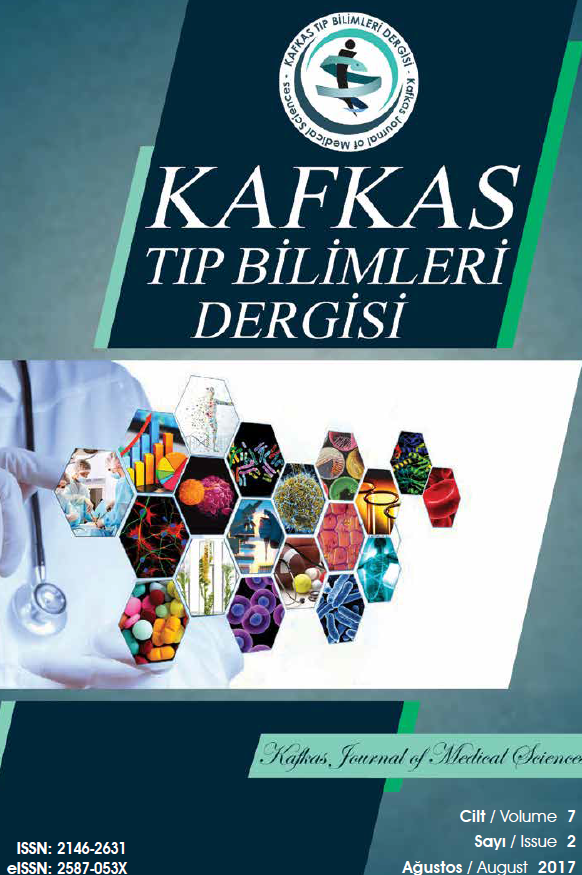Evaluation of the Effectiveness of Intercostal Nerve Block for Pain Management in Patients with Traumatic Rib Fractures
Evaluation of the Effectiveness of Intercostal Nerve Block for Pain Management in Patients with Traumatic Rib Fractures
chest trauma, intercostal nerve block rib fractures,
___
- 1.Flagel BT, Luchette FA, Reed RL, Esposito TJ, Davis KA, Santaniello JM, et al. Half-a-dozen ribs: the breakpoint for mortality. Surgery. 2005;138(4):717–23.
- 2. Kim M, Moore JE. Chest Trauma. Current recommendations for rib fractures, pneumothorax, and other injuries. Curr Anesthesiol Rep. 2020;10(1):61–8.
- 3. He Z, Zhang D, Xiao H, Zhu Q, Xuan Y, Su K, et al. The ideal methods for the management of rib fractures. J Thorac Dis. 2019;11(8):1078–89.
- 4. Ventafridda V, Saita L, Ripamonti C, De Conno F. WHO guidelines for the use of analgesics in cancer pain. Int J Tissue React. 1985;7(1):93–6.
- 5. Nair A, Diwan S. Efficacy of ultrasound-guided serratus anterior plane block for managing pain due to multiple rib fractures: a scoping review. Cureus. 2022;14(1):e21322.
- 6. Hwang EG, Lee Y. Effectiveness of intercostal nerve block for management of pain in rib fracture patients. J Exerc Rehabil. 2014;10(4):241–4.
- 7. Truitt MS, Murry J, Amos J, Lorenzo M, Mangram A, Dunn E, et al. Continuous intercostal nerve blockade for rib fractures: ready for primetime? J Trauma. 2011;71(6):1548–52.
- 8. Yetim TD, Yetim I, Duru M. Investigation of the effect of intercostal blockade in palliation of pain in patients with rib fracture. Turk Gogus Kalp Dama. 2012;20:287–90.
- 9. Sheets NW, Davis JW, Dirks RC, Pang AW, Kwok AM, Wolfe MM, et al. Intercostal nerve block with liposomal bupivacaine vs epidural analgesia for the treatment of traumatic rib fracture. J Am Coll Surg. 2020;231(1):150–154.
- 10. Baxter CS, Singh A, Ajib FA, Fitzgerald BM. Intercostal nerve block. 2022 May 1. In: StatPearls [Internet]. Treasure Island (FL): StatPearls Publishing; 2022 Jan.
- 11. Uhlich R, Kerby JD, Bosarge P, Hu P. Use of continuous intercostal nerve blockade is associated with improved outcomes in patients with multiple rib fractures. Trauma Surg Acute Care Open. 2021;6(1):e000600.
- ISSN: 2146-2631
- Yayın Aralığı: Yılda 3 Sayı
- Başlangıç: 2011
- Yayıncı: Kafkas Üniversitesi
Ayşe KARACALI TUNÇ, Toğrul NAĞIYEV, Tülay KANDEMİR, Melda MERAL ÖCAL, Fatih KÖKSAL
Elif KERVANCIOĞLU DEMİRCİ, Gülnaz KERVANCIOĞLU, Salih ÇAYIR, Eren KERVANCIOĞLU, Ertan SARIDOĞAN
Determination of Mental Health Status of Nurses Caring for Patients With COVID-19
İnanç ARTAÇ, Timor OMAR, Muammer KARAKAYALI, Doğan İLİŞ, Öztürk DEMİR, Mehmet Hakan ŞAHİN, Yavuz KARABAĞ, İbrahim RENCÜZOĞULLARI
Regional Anesthesia in Ophthalmic Surgery
Ahmet ŞEN, Tuğcehan SEZER AKMAN
Muammer KARAKAYALI, Timor OMAR, İnanç ARTAÇ, İbrahim RENCÜZOĞULLARI, Yavuz KARABAĞ, Şerif HAMİDEYİN, Mehmet ALTUNOVA
A Retrospective Analysis of Renal Transplantation Patients: A Single Center Experience
Tamer SELEN, Ebru GÖK OĞUZ, Gülay ULUSAL OKYAY, Hatice ŞAHİN, Elif KAHRAMAN GÜNER, Fatma AYERDEN EBİNÇ, Kadir Gökhan ATILGAN, Mehmet Deniz AYLI
